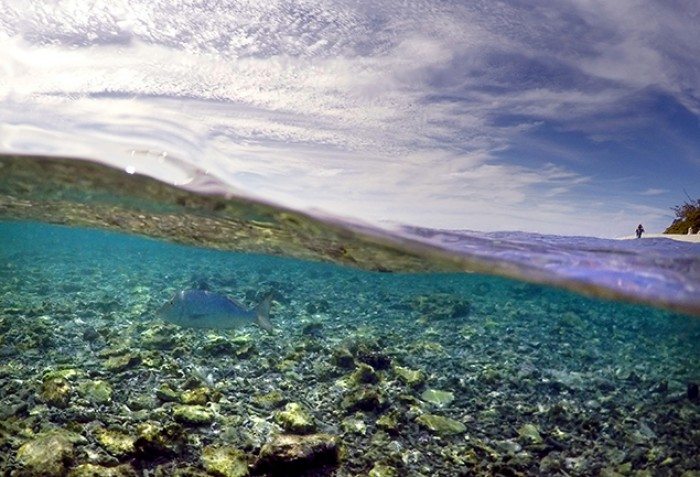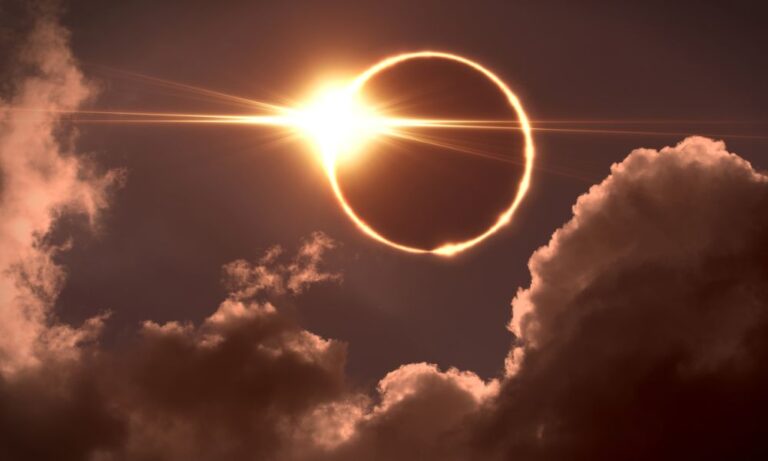In the latest aerial study conducted by the ARC Centre of Excellence for Coral Reef Studies, it has been revealed that over 93% of the Great Barrier Reef has been affected by coral bleaching.
According to the ARC Centre, coral bleaching is the result of global warming and heightened sea temperatures. This causes corals “to expel tiny photosynthetic algae, called ‘zooxanthellae’. The loss of these colourful algae causes the corals to turn translucent and white, and ‘bleach’. Mildly bleached corals can recover if the temperature drops and zooxanthellae are able to recolonise them, otherwise the coral may die.”
Whilst the damage ranges from moderate to severe, the dramatic changes along the 2300km coast line are a result of large-scale bleaching caused by the temperature fluctuations seen on both sides of the continent.
“We’ve never seen anything like this scale of bleaching before. In the northern Great Barrier Reef, it’s like 10 cyclones have come ashore all at once,” says Professor Terry Hughes, convenor of the National Coral Bleaching Taskforce that is documenting and studying the event. “Towards the southern end, most of the reefs have minor to moderate bleaching and should soon recover.”
“We have now flown over 911 individual reefs in a helicopter and light plane, to map out the extent and severity of bleaching along the full 2300km length of the Great Barrier Reef. Of all the reefs we surveyed, only 7% (68 reefs) have escaped bleaching entirely. At the other end of the spectrum, between 60 and 100% of corals are severely bleached on 316 reefs, nearly all in the northern half of the Reef.”
The aerial study has been confirmed by scientific divers who have identified the current state of the reef and will continue to monitor its development.
“The bleaching is extreme in the 1000km region north of Port Douglas all the way up to the northern Torres Strait between Australia and Papua New Guinea,” says Prof. Andrew Baird from the ARC Centre of Excellence for Coral Reef Studies, who has spent the past 17 days at sea.
“Tragically, this is the most remote part of the Reef, and its remoteness has protected it from most human pressures: but not climate change. North of Port Douglas, we’re already measuring an average of close to 50% mortality of bleached corals. At some reefs, the final death toll is likely to exceed 90%. When bleaching is this severe it affects almost all coral species, including old, slow-growing corals that once lost will take decades or longer to return.”
Tourism to the Great Barrier Reef generates an annual income of $5 billion and is the base of employment for over 70,000 people. The Australian government is currently weighing up short-term development policies with the impact of environmental damage long-term.
The study is now being extended to Australia’s West Coast where extensive bleaching is being discovered along the coastline and on offshore atolls.
“The coastal area that I study north of Broome has huge tides, and we thought the corals there are tough “super corals” because they can normally cope with big swings in temperature,” says Dr. Verena Schoepf from the University of Western Australia. “So, we’re shocked to see up to 80% of them now turning snow-white. Even the tougher species are badly affected”.







